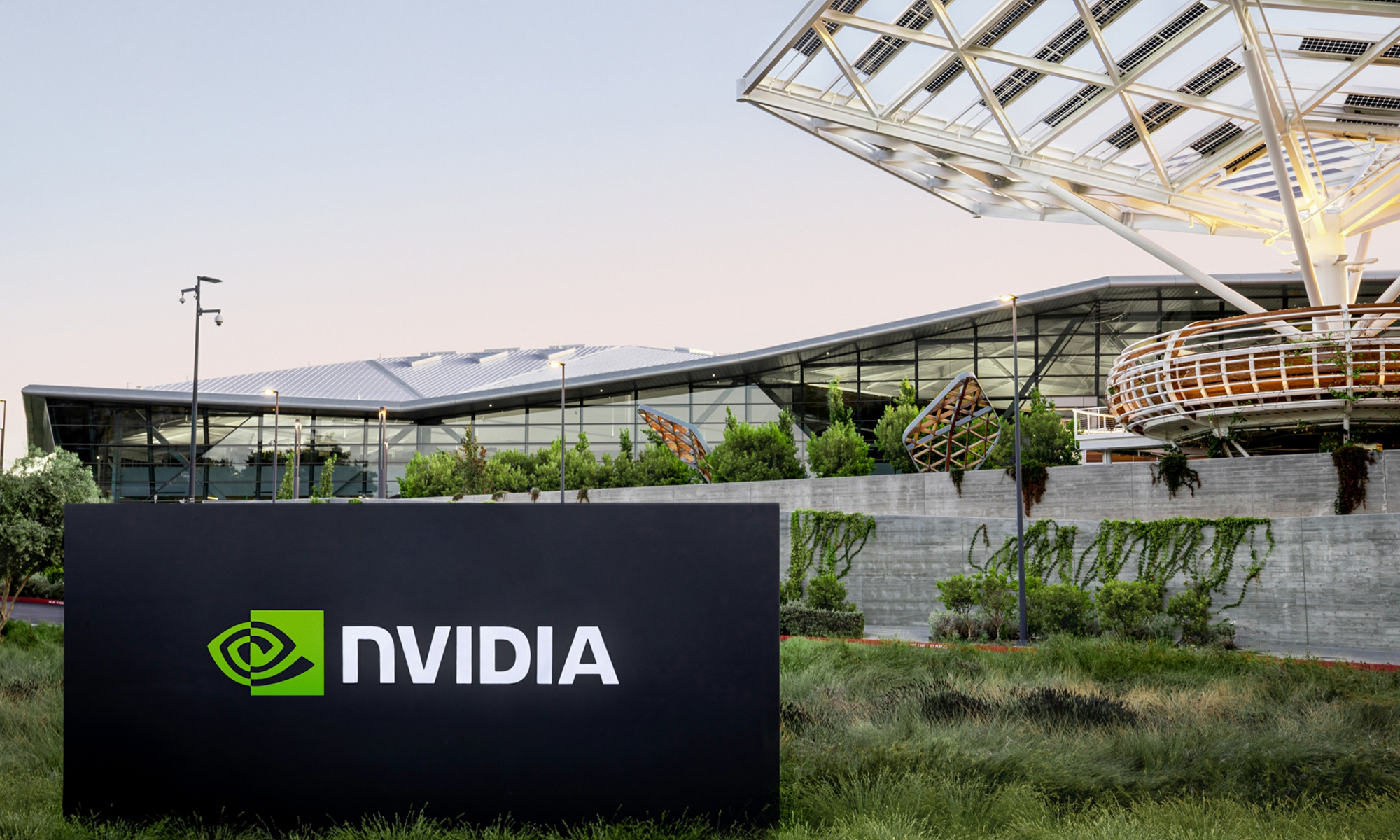There's an air of desperation around NVIDIA (Nasdaq: NVDA). The company releases earnings after the market closes tomorrow, and the company has a pretty panicked herd of investors in need of a calming tummy rub.
Simply put, the company's endured a roller-coaster ride over the past month. It began when analysts at Needham downgraded NVIDIA all the way from a strong buy to a hold, sending investors scrambling for the exits.
Needham cited a host of problems with Fermi, NVIDIA's ambitious rearchitecting of its graphics-card line, including claims that yields for the cards were running around 20%-30%. (Semiconductor devices like NVIDIA's are made on giant wafers that get cut up into many chips. The percent of resulting chips that work properly is referred to as yield.)
Even with only two or three of every 10 chips working, NVIDIA's high-performance cards should be profitable, but their price will offer rival Advanced Micro Devices (NYSE: AMD) a distinct cost advantage on its core consumer graphics-cards offerings.
Make no mistake: Right now, Fermi is struggling. After long delays getting the first run of cards out, rumors of a poor ramp (substantiated by Needham) to mass volume, and lukewarm performance reviews, it's hard to get excited about the product. It's also difficult to argue against anyone claiming that NVIDIA's margins will face substantial pressure if low yields force the company to continue selling an older line of cards against more competitive graphics offerings from AMD.
Throw in the success of Intel's (Nasdaq: INTC) integrated graphics processors and other netbook multimedia-enhancement offerings such as Broadcom's (Nasdaq: BRCM) Crystal HD accelerator, and NVIDIA's graphics cards suddenly face a more competitive landscape than ever.
Even worse for NVIDIA, broad rumors of oversupply across the semiconductor industry and a queasy broader market have conspired to knock nearly 20% off the company's share price since mid-April. Ouch.
However, the chipmaker's news isn't all bad. At its recent financial analyst meeting, NVIDIA updated guidance on its Tesla lineup of cards, which are geared toward revolutionizing the supercomputing market. While Tesla revenue for 2010 should only total $26.6 million -- peanuts relative to the company's top line -- that's still a 280% jump from 2009. While it may not matter much now, Tesla makes long-term investors far happier about the company's direction.
In addition, investors sick of rumors of Tegra wins and hankering for tangible successes have to be pleased that Microsoft (Nasdaq: MSFT) selected the first-generation Tegra in its Kin smartphones, which went on sale earlier this month. However, due to the size of the order and timing, don't look for the win to affect NVIDIA's prior quarter. NVIDIA still claims to have a host of Tegra orders in its back pocket, but they should be backloaded for later in the year.
In even more happy news, Adobe (Nasdaq: ADBE) announced several features in its recently launched Creative Suite 5 that can only be used on NVIDIA graphics cards. NVIDA's worked hard to create a software ecosystem that adds value to its cards. Features like Adobe's Quadro-focused Mercury Playback Engine validate those efforts, and help defend NVIDIA's nearly 90% market share in high-end workstations, which provides the company with its best margins.
Notice a trend here? They're all long-term developments that are playing out well beyond last quarter. So if you're expecting earnings to soothe any fears tomorrow, don’t hold your breath. In the near-term, the company will be driven by sales of consumer-level graphics cards, and a rising semiconductor tide that's lifted all boats.
In the long term, I still like NVIDIA's ambitions and competitive position in the professional and supercomputing graphics card markets. Also, NVIDIA's core gaming "enthusiast" market is holding up much stronger than broader desktop PC sales projections would indicate.
I called NVIDIA the "Best Stock of 2010" late last year, and while I am very concerned about Fermi's rockiness out of the gate, the company's long-term growth potential remains. Despite the stock's bumpy ride, I'm hanging on.










